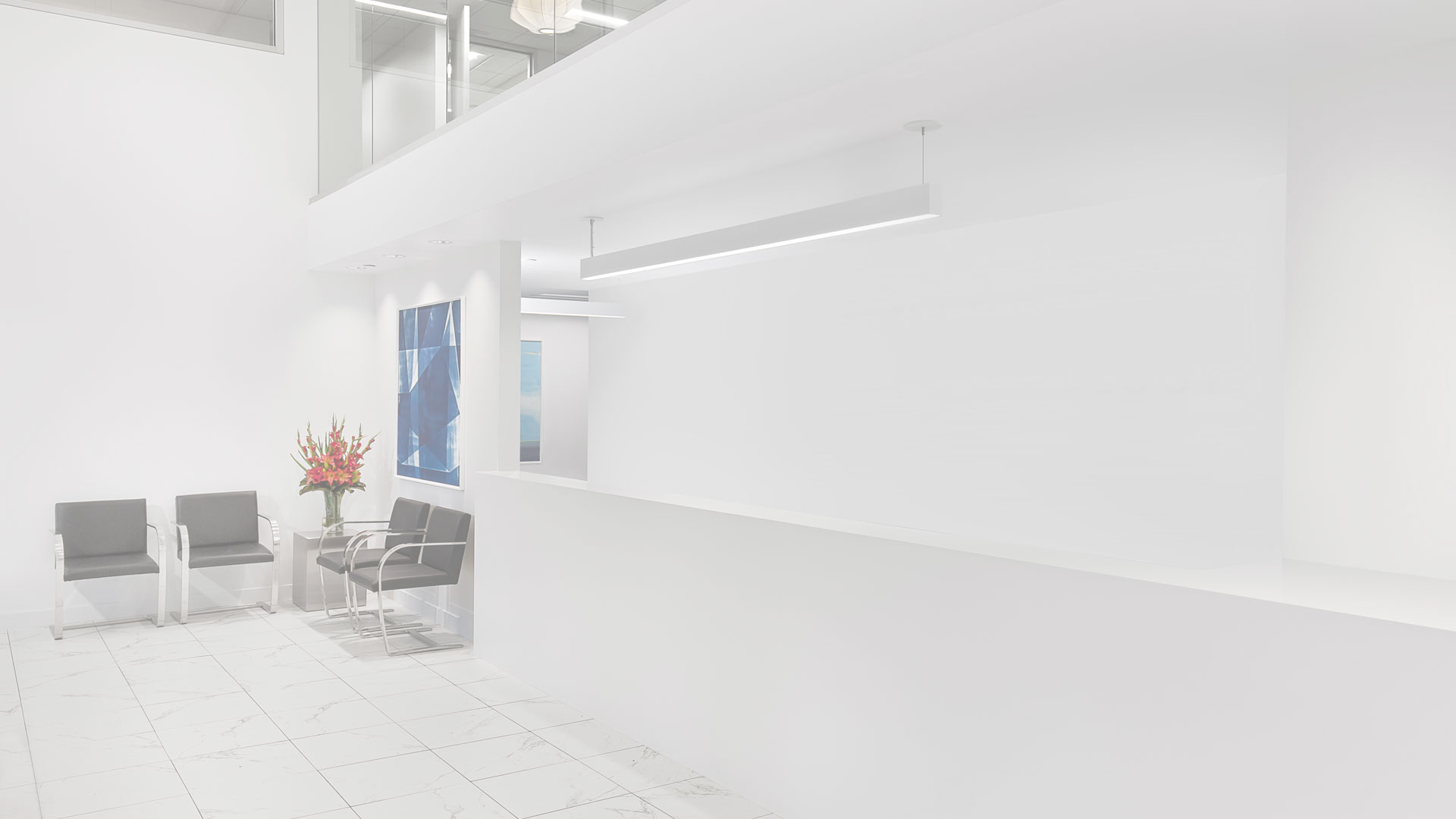
How to Minimize Your Pores (and why this matters)
by Adam Hurly for Men’s Fitness
Grooming products, treatments, and more ways to make your pores less visible.
WHAT DO YOU know about pores?
They’re, uh, those little holes in my skin, right? Where the pimples live?
OK, sure. What else?
Nervous silence (as sweat trickles out of your pores.)
Relax. Here’s the important stuff—from how your pores’ size affects complexion, to how you can keep them clear—with expert advice from doctor James Collyer of Modern Dermatology in Seattle.
What do pores do?
Look closely at your reflection; pores are especially noticeable on the nose and forehead. Hair follicles are planted inside pores, too. You may notice that some are blocked by the oil that your sebaceous glands have secreted, or by dead skin cells and grime. (OK, this is getting weird.)
But that’s what pores do—they excrete the sebum and sweat that your body produces. The sebum naturally moisturizes your skin and sweat flushes toxins, while also regulating the body temperature. However, while there are millions of pores on your body, it seems to be the ones on the face that cause all the grief.
What affects the size of my pores?
It’s normal to have visible pores. In fact, men tend to have larger pores than women, and as we age, those pores enlarge. Furthermore, if you have oily skin, your pores will be larger to accommodate the increased sebum production. (These guys are also more acne-prone.) This sebum production is genetic, as is your pores’ natural size; while you technically can’t shrink your pores, you can control sebum backup and combat things that temporarily or permanently enlarge them.
“Hormones, skin hygiene, and environmental factors, such as temperature, humidity, and UV exposure, contribute to differences in oil secretion, which may in turn affect pore size,” says Collyer.
How to prevent enlarged pores
Here are Collyer’s recommendations for keeping your pores in check:
1. Develop the right skincare regimen
“Cleansing twice daily along with mild exfoliation a few times a week can keep the skin clean and pores open,” he says. “Choose products that are ‘noncomedogenic’, meaning they won’t block pores.”
As for products, Collyer suggests:
Cleansers with alpha or beta-hydroxy acids (such as salicylic acid), or with zinc gluconate and magnesium, which help regulate sebum production.
Retinoids, to decrease build-up in pores and normalize skin turnover. Apply nightly. Your dermatologist can also prescribe a higher-strength tretinoin or tazarotene cream or gel (both retinoids), if necessary.
Matte moisturizers and masks. “Products labeled ‘mattifying’ will absorb sebum, preventing excessive reflection of light on the skin surface,” says Collyer. Check the ingredients list for clay, dimethicone, starch, cyclodextrin, and titanium oxide.
2. Protect against UV rays
UV exposure is the fastest way to age your skin and permanently enlarge your pores. “UV rays can degrade collagen and lead to increased pore size,” Collyer says. “Wear a light daily moisturizer with SPF, specifically a physical block like zinc oxide or titanium dioxide.”
3. Consider professional treatments
“Your dermatologist can re-texturize your skin with a fractionated resurfacing laser,” Collyer says. “You can also have a tailored chemical peel or facial with an aesthetician, which will give the best results for visibly improving pore size.”

